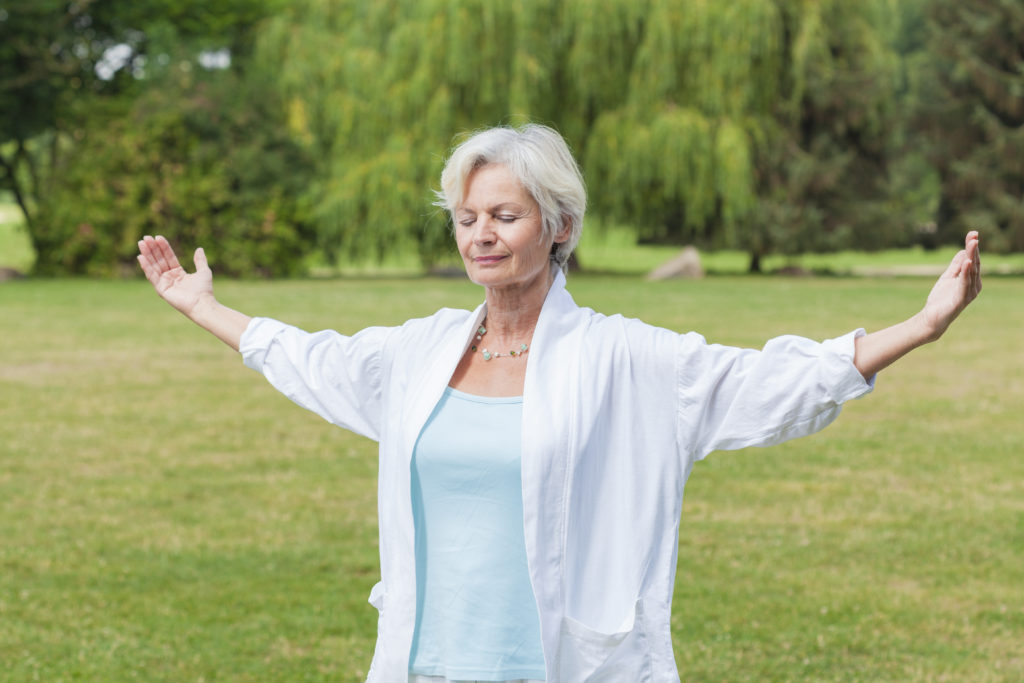24 Jul Tai Chi for Parkinson’s Disease

Serene, traditional Chinese music plays softly in the background as a group of attentive adults mirror the relaxed, circular movements of a Tai Chi instructor. The instructor leads the students through controlled breathing exercises, urging them to connect to their bodies and maintain a tranquil state of mind.
The students in this class are comprised of patients combating Parkinson’s disease (PD), one of the most common progressive, neurodegenerative diseases. PD can have devastating effects on one’s body and health, including a gradual loss of motor function and an overall reduced quality of life.
However, recent research has shed light on an innovative, yet ancient form of treatment: Tai Chi. This form of mind-body exercise, rooted in traditional Chinese medicine, has shown promising therapeutic effects for PD patients. Research studies have found that Tai Chi exercises improve strength, balance, mental focus and emotional tranquility by combining gentle movements, rhythmic breathing and imagery. In recent years, the practice has grown in popularity and is becoming increasingly common in comprehensive rehabilitation plans.
Peter Wayne, PhD, research director at the Osher Center for Integrative Medicine, is exploring the impact that Tai Chi can have on the symptoms of PD.
“A safe, cost-effective alternative treatment option, Tai Chi can correct balance impairments but also boost emotional well-being and possibly cognition, thus demonstrating great therapeutic potential for PD patients,” said Wayne.
Read more about using Tai Chi for Parkinson’s Disease at BWH Clinical and Research News

